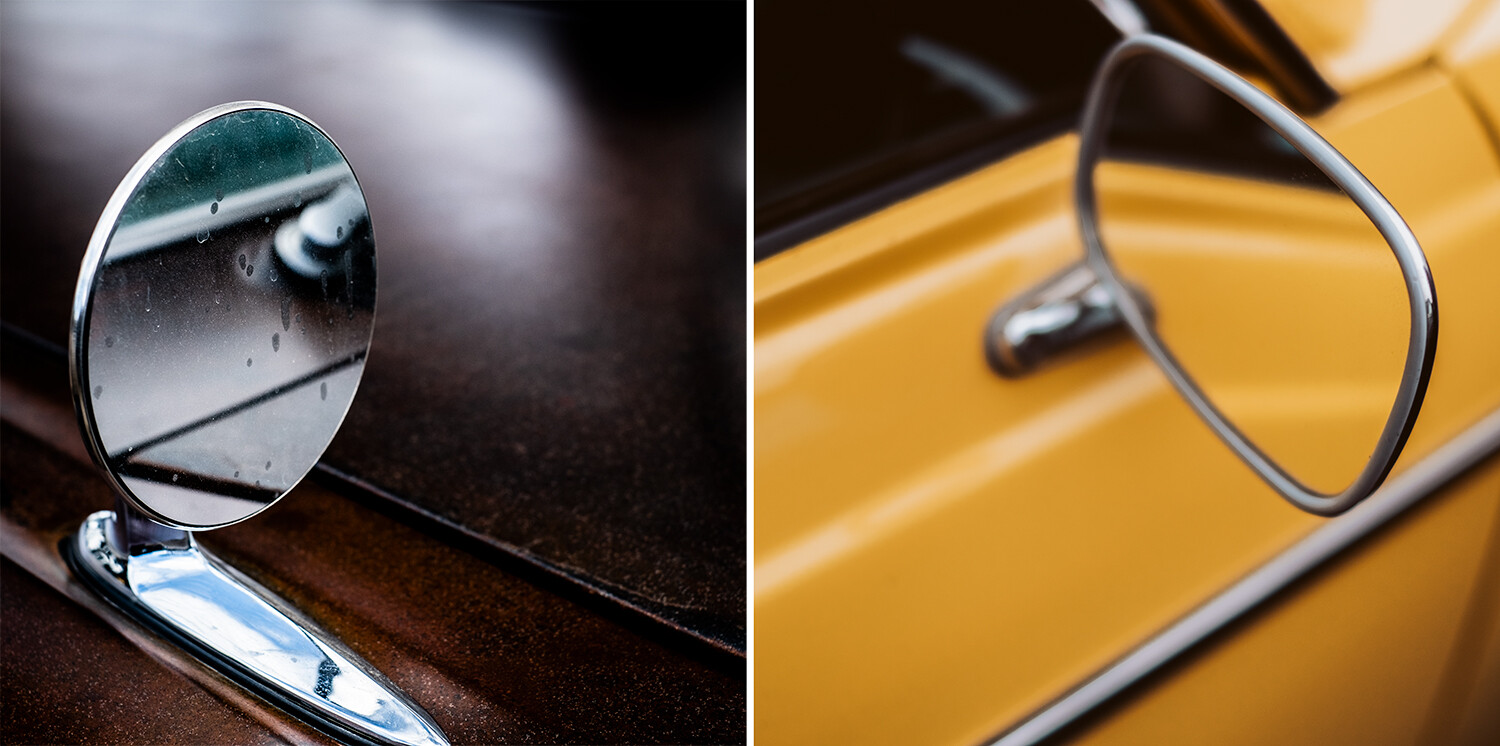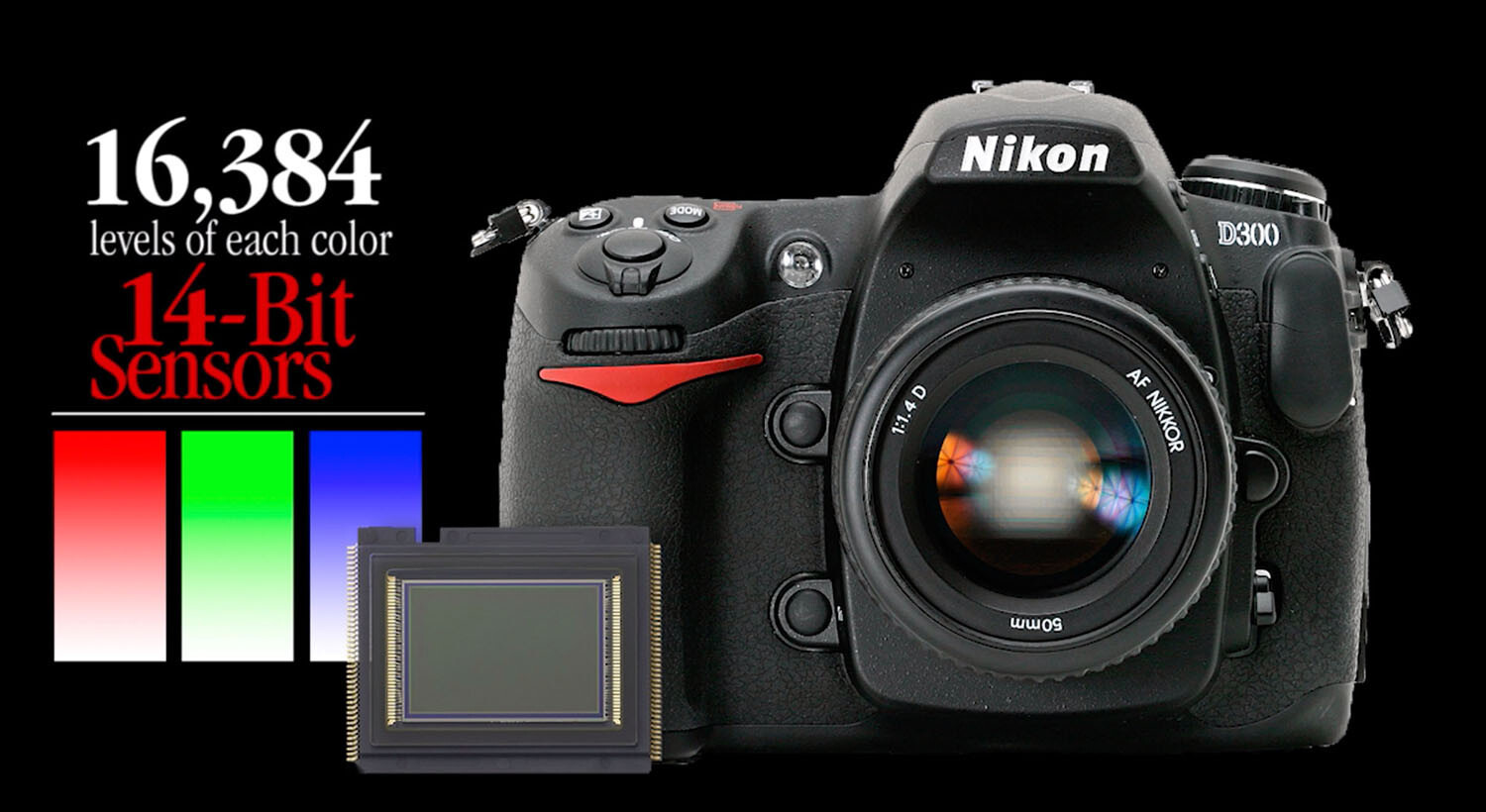The post Alternative Automotive Photography: Capturing the Details appeared first on Digital Photography School. It was authored by Charlie Moss.
Cars and photography often seem to go hand in hand. Whether you’re a car owner with a camera or a photographer with a passion for the classics, the perfect automotive photo can often seem just out of reach.
Automotive photography can be both tricky and expensive. To get catalog-ready images of cars, the top commercial photographers often utilize huge specialist studios with large banks of powerful lights and massive pieces of equipment to block or reflect light. Each shot can take days to set up even with a team of assistants.
Realistically, most car enthusiasts don’t have this kind of space or equipment at their disposal. Instead, we seek out opportunities to photograph cars at racetracks or other gatherings. These events rarely offer “perfect” conditions to create flawless images of cars, so a bit of creative thinking is usually required!

The Rallye Monte Carlo Historique stops in Banbury every year so that enthusiasts can see these classic cars up close. But the backdrop is far from ideal for beautiful photos!
Car meets can often be busy affairs with cars parked close together, uninspiring backdrops, and lots of people milling around. Concentrating on the details is one way to get around some of these problems and still come away with shots that you love and can feel proud adding to a portfolio. Detail shots often do well on platforms like Instagram too where the small format allows close-up images to shine.
So with that in mind, here are some ideas for bagging great pictures of the cars you see on your travels if you can’t shoot them in a location of your choice.
Get up close… closer than you think!
By getting in close you eliminate many of the problems that would otherwise sneak into your picture; other cars in the background, or people in the corner of your shot. Focussing on just one small part of a car can remove all of those distractions.

Not having to take into consideration the background also frees you up to concentrate more on composition. No more worrying about if the backdrop will compliment the car, or what the sky is doing!
You can also use a shallow depth of field to blur out distracting elements in your photographs. Use just enough depth to highlight the detail that you’re photographing. Everything else will then melt away into the background, keeping your viewer looking just where you want them to.
Pick a theme
At some point over the years, I’ve picked up a habit of shooting the wing mirrors on cars. I don’t know which one was my first, but I soon started noticing the way that they were all different. Each mirror was only a small part of the car, but they pack a big punch when it comes to design! Now I can’t seem to walk past a classic car without taking a photograph of its mirrors!

By picking a theme, it will challenge you to go looking for shots that are different from what everyone else is shooting. Also, you’ll start to notice other details as you train your creativity. Before long, you will seek out creative and different images without even really having to think about it.
Shoot iconic details
Pick out just one detail to highlight and then try to take the perfect shot of just that part. Perhaps it’s a classic Cadillac fin or an elegant Rolls Royce grid that catches your eye. Whatever it is that you love most about a car, or is most iconic and well-known, use that as your starting point when you’re working out what pictures you want to take.

Cars are more than just machines that get us from A to B. The most iconic are beautiful and remarkable pieces of design that the original designer has spent hundreds of hours perfecting. Nothing on a great car is an accident; everything was designed to be exactly how you see it.
The good thing about iconic details is that they’re often instantly recognizable. It tells people what the photograph is of, even though it might be an abstracted close-up.
Portray the luxury
Beautiful cars are a luxury; there’s no debate to be had there. So challenge yourself to convey the luxury through your photographs.

Lifestyle photography with shallow depth of field, out of focus foregrounds, and toned colors are really in vogue right now for luxury brands. Now is the time to try this style out if you can get up close and personal with some top of the range machines!
Make sure that your focus is right on the nail if you’re attempting shots with a shallow depth of field. If you miss the focus even slightly, the shot won’t be worth keeping.
Stick to a neutral focal length
Extreme wide-angle photographs can look cool, there’s no doubt about it. And I know every car photographer has, at least once, got down at the front corner of a car with a wide-angle lens to try and make it look more imposing and dramatic.
But wide-angle focal lengths distort cars and change the carefully designed, and often iconic lines and features. Instead of grabbing the easy (and predictable) win when it comes to creating a dramatic image, try sticking to a neutral focal length and challenging yourself.

Keeping to a focal length like 50mm means shooting images that are much closer to how the human eye naturally sees the world. Using a focal length around 50mm means that you keep the cars much closer to the designer’s original vision when you photograph them.
This might mean that you have to work harder to look for different ways to produce impact with your photographs. However, it also means that you represent the cars in the way that they’re meant to be seen. It gives an element of authenticity to your images.
I’ve never been one for believing that photography is simply about recording the world around you exactly how it is. But when it comes to the design of cars, I’m pretty sure that the original designer knows more about how the car looks best than I do. So distorting it with wide-angle lenses is rarely high on my priority list!
Embrace reflections… and wear black
In ideal conditions, you’d be able to use black and white cards, and lights, to block and place reflections exactly where you want them on a car before you took a photograph. Realistically, though, you’re rarely going to get the opportunity to work with this kind of precision in the great outdoors.
Carry a 5-in-1 reflector in your kit by all means. Sometimes you just need to lift a shadow on a bit of paintwork or cut out a reflection in some chrome. But instead of trying to eliminate every reflection you dislike, try embracing them instead!

Reflections of the sky or foliage around you can make some interesting patterns when they reflect in the glass of a car. In the right conditions, with a well-polished car, they can even reflect in the bodywork. Use the reflections to add interest to your shots. They can focus the viewer’s attention exactly where you want them to look. Also, a well-placed reflection can blank out something messy that you don’t want to distract.
On that note, wear black when you go out with your camera to photograph cars! Too often have I ruined my own photographs by shooting the perfect image and then noticing afterward my own reflection while wearing a bright colored jacket. Wearing black won’t remove you from the image completely, but it will make you an awful lot less distracting when you do manage to capture yourself in a reflective surface.
Next time you head out to a car show to take some pictures, think smaller and capture the details for alternative automotive photography! And share them with us in the comments below.
Do you have any other tips you’d like to share?

The post Alternative Automotive Photography: Capturing the Details appeared first on Digital Photography School. It was authored by Charlie Moss.

Digital Photography School













































You must be logged in to post a comment.